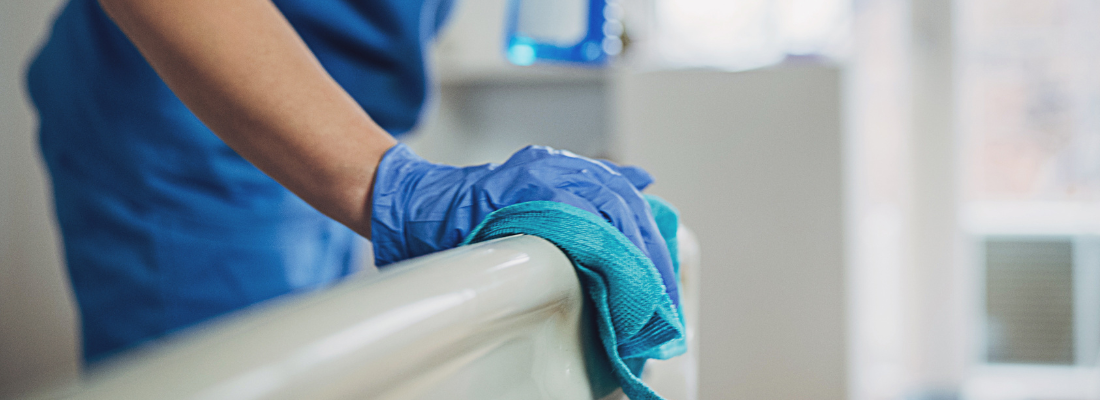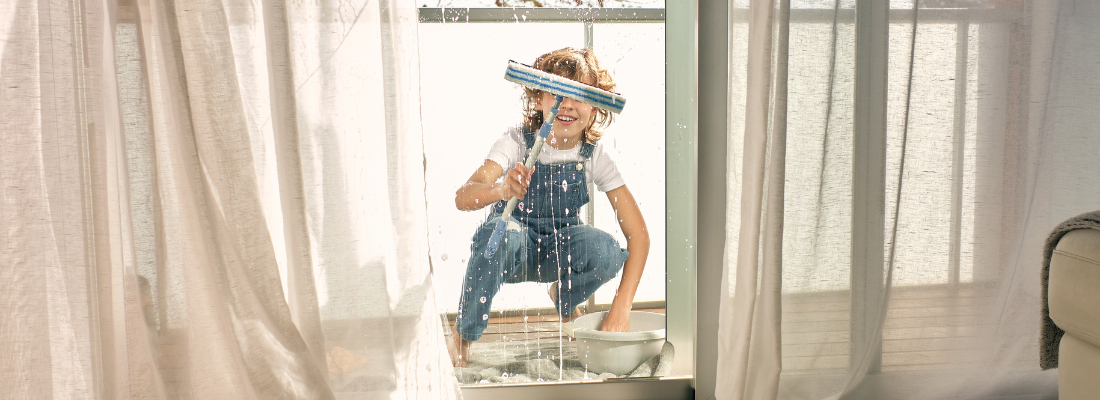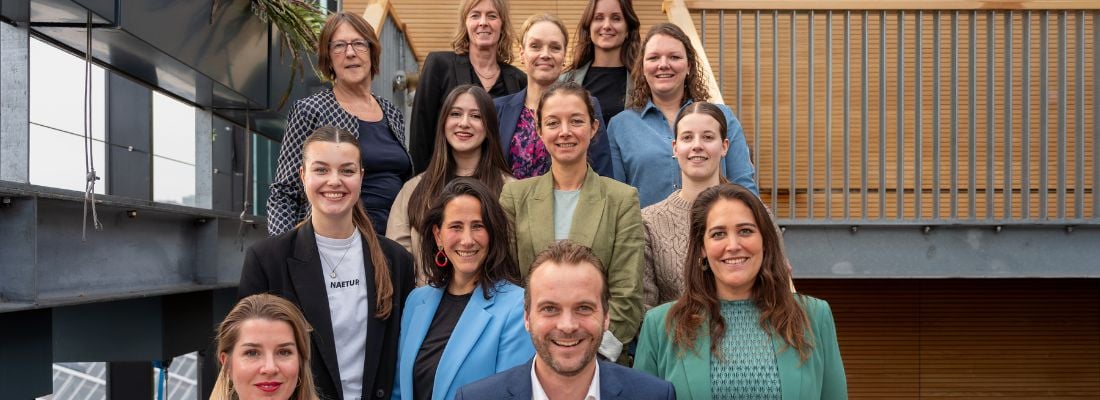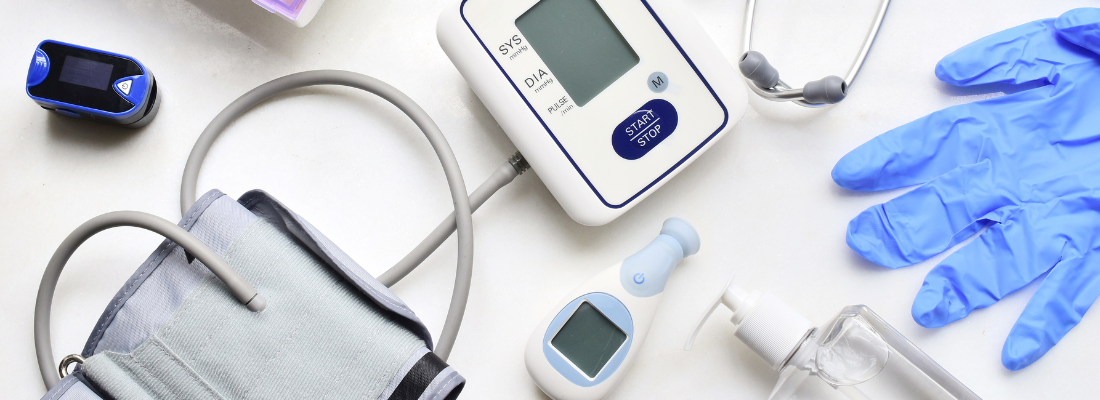Sustainability in Healthcare Cleaning: Interview with Clare Nash
In an insightful conversation with Clare Nash, Head of Clinical Procurement at Black Country Alliance, we explored the environmental impact of cleaning practices in healthcare and how the sector can align with sustainability goals. Clare, a nurse with over 30 years of experience, shared her expertise on balancing patient safety, cost, and environmental and social responsibility.
Can you elaborate on environmental impacts of cleaning products and practices in healthcare settings?
"There are numerous environmental impacts when using cleaning products, and it's critical to consider all of them," Clare began. From the energy used to manufacture products to the water and chemicals needed in cleaning processes, the environmental cost is significant.
"Where does the water come from, and where does it go when full of chemicals?" she asked. Toxic chemicals can harm aquatic life, emphasising the importance of choosing non-toxic solutions. Clare also highlighted packaging waste and transport emissions as critical considerations: "Are cleaning solution containers recyclable or made from recycled materials?"
Beyond the environment, social value matters too. "Using cleaning companies that employ local people supports communities and creates well-paid, meaningful jobs," Clare added, underscoring the broader impact of procurement decisions.
How can sustainable cleaning practices contribute to achieving UN Sustainable Development Goals?
"Sustainable cleaning can directly impact Goal 12: Responsible Consumption and Production," Clare explained. She noted the excessive reliance on single-use products in healthcare and the impact this has on the linear economy of take, use, throw away. We need to consider the raw material extraction, manufacturing, transport and use of products and how the products are disposed of at the end of life in order to reduce the impact we are having on our planetary resources driving ever increasing waste.
"Understanding how your practices align with the UN Sustainable Development Goals is crucial. If you don't understand your impact, you can't improve it," Clare stressed. This awareness enables organisations to make better choices and drive measurable improvements.
What are practical tips for assessing the sustainability claims of cleaning products?
Clare highlighted the importance of scrutinising sustainability labels. "Eco-labels often certify the supplier, not the product. So, it’s vital to question suppliers and truly understand what their claims mean," she said.
She also advised looking beyond buzzwords. "Terms like 'biodegradable' and ‘compostable’ sound great, but how long does the breakdown take, and what byproducts and mess does this leave behind? Similarly, with recycled plastic, how much energy did it take to recycle it?" By being informed, consumers can make more sustainable decisions.
You have created an innovative tool for selecting cleaning methods. Can you elaborate on its functionalities and benefits?
Clare's innovative tool ‘CritEcoCare’ addresses the significant environmental footprint of NHS products, helping compare products based on themes like water usage, waste, and emissions. "It scores products, allowing you to pick the greenest option," she explained.
This tool ensures sustainability is a priority in procurement, enabling healthcare providers to make informed choices that benefit patients, the planet, and budgets.
What are the biggest challenges in transitioning to sustainable cleaning practices?
"Cost is our biggest challenge," Clare said. Budget constraints make it difficult to justify changes, even when they improve patient safety and sustainability.
"Convincing finance teams is tough. They need to see the benefits beyond the immediate cost," she explained. Despite this, Clare emphasised the urgency: "There's no Planet B. We must make the right choices now to ensure healthcare is sustainable in the long-term."
Are there financial incentives to adopt sustainable practices in healthcare?
"There are pockets of funding available, but they’re limited and often require quick action," Clare noted. To secure these funds, she advised being prepared: "Have your business case ready so you can act fast when funding opportunities arise."
She also highlighted initiatives like Small Business Research Initiative (SBRI), which aims to devise disruptive solutions to unmet health and care needs within the NHS and the wider health and social care system. "You need to know where to look and be ready when funding is announced," Clare concluded.
Conclusion
Clare Nash’s insights reveal the complexity of achieving sustainability in healthcare cleaning. By balancing environmental, social, and financial factors, and leveraging tools and funding opportunities, healthcare providers can make meaningful strides towards a greener future.
As Clare aptly put it, "We must deliver care today in a way that ensures it is still there for our future generations to come."
Share your stories with us!
Do you have an innovation or interesting news you would like to share with the professional cleaning and hygiene industry? The Interclean website and social media channels are a great platform to showcase your stories!
Please contact our press department interclean@rai.nl.
Are you an Interclean exhibitor?
Make sure you add your latest press releases to your Company Profile in the Exhibitor Portal for free exposure.
Receive the best newsletter on cleaning & hygiene - straight to your inbox!
We promise never to send you spam and you can unsubscribe at any time!





